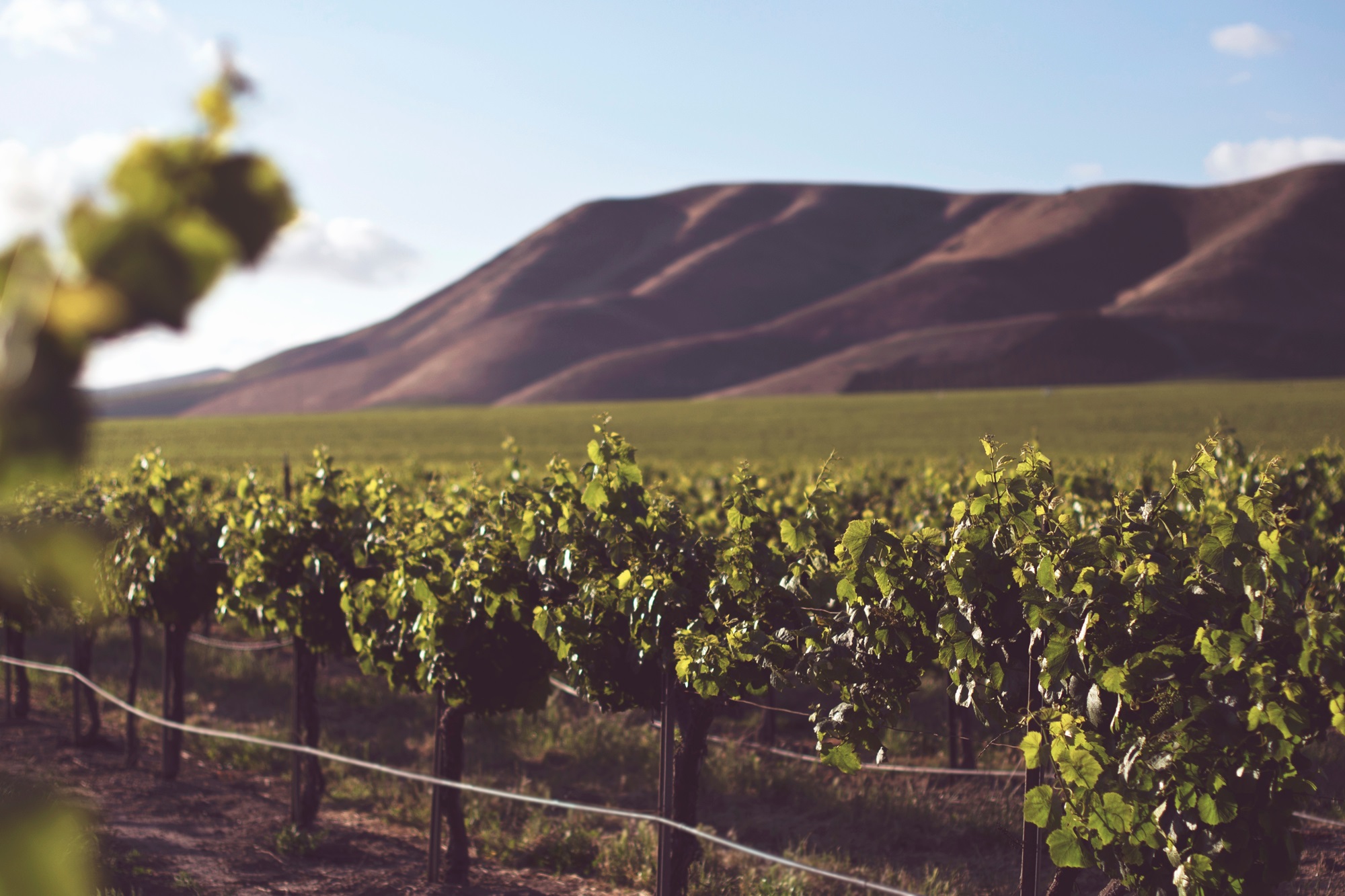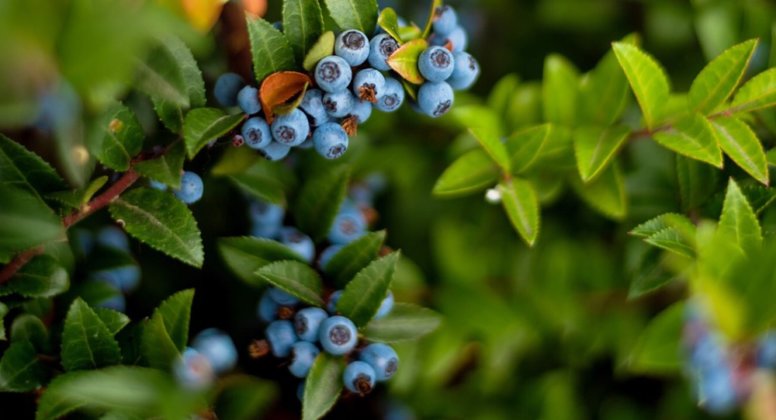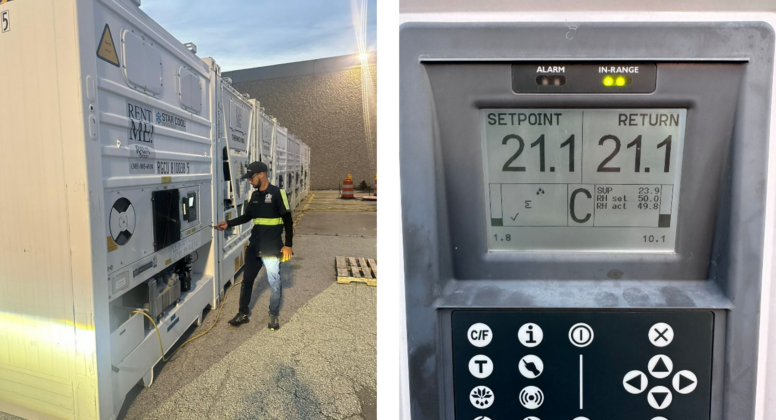CA shows potential for table grape transport
In the quest to find a more efficient and less harmful solution for transporting table grapes over long distances, MCI recently commissioned the Chilean National Institute of Agriculture (INIA) to look for alternatives. The preliminary results were both surprising and positive.

Table grapes are a popular and valuable crop, yet they are constantly at risk of developing grey mould caused by the fungus Botrytis. This is widely considered the most important postharvest disease affecting the storage and commercialisation of table grapes worldwide (Zoffoli and Lahorre, 2011).
Sulphur dioxide held the key
For over 80 years, the traditional way to arrest the development of grey mould has been to pre-treat the grapes with sulphur dioxide (SO2) post-harvest. After pre-treatment, the fruit is then placed in cardboard boxes together with SO2 pads before being loaded into the shipping container.
The SO2 pads contain metabisulphite, which reacts to moisture. When grapes respire water, it triggers a chemical reaction that causes the pads to release sulphur dioxide, thereby preventing the grapes from being affected by mould during transportation. The combination of pretreatment with SO2 and the use of SO2 pads during transportation has so far been the only reliable solution.
“Grey mould is an important postharvest disease in fruit, including table grapes. Traditionally, sulphur dioxide (SO2) has been extensively used both at harvest and during transit and storage as an effective control measure. However, there are some restrictions on the use of SO2 that make alternative control methods desirable”, explained Dr Bruno Defilippi Bruzzone, Head of the Postharvest Unit at the Institute for Agricultural Research (INIA), La Platina Experimental Research Centre, Chile.
Effective but problematic
Although the SO2-based technique has proved its effectiveness over decades as a means to control and limit the growth of grey mould, it is not without its problems. Sulphur dioxide is a harsh chemical that attacks certain metals and the rubber materials commonly used in container production.
Another important area of concern is maintaining the status of organic fruits. Once a fruit has been treated with chemicals of any sort, it loses its valuable organic designation. This naturally includes exposure to SO2. However, this is by no means the end of the story.
Protecting human health
The use of SO2 in foodstuffs has been widely questioned worldwide due to environmental and human health concerns. Sulphite additives in food can produce adverse effects in sensitive people, such as anaphylactic reactions and a range of symptoms including dermatitis, urticarial, flushing, abdominal pain, diarrhoea and others (Valley and Misso, 2012). On top of that, SO2 residues in excess of 10 ppm are not permitted in the US (EPA, 1986). For these reasons, the shipping industry has been looking for a way to get rid of this kind of treatment for many years.
MCI takes the initiative
As part of its commitment to support MCI customers while actively working to improve the environmental footprint of shipping activities worldwide, MCI decided to take the lead in finding a new solution. We contacted the Chilean National Institute of Agriculture (INIA) and commissioned them to investigate the area and begin the search for alternatives.
“CA technology has been commercially used in blueberries in several countries, so we wanted to test its potential for table grapes over long journey times. Among the benefits, the application of an adequate O2/CO2 combination in grapes would slow the fruit’s metabolism, control decay and avoid excessive water loss”, said Dr Defilippi.
Preliminary findings under laboratory conditions suggested that existing Controlled Atmosphere (CA) technology with high levels of CO2 could be an effective way of preventing the development of grey mould in table grapes and may also enable a reduction in the use of SO2.
Encouraging early results
Dr Defilippi explained what the initial testing involved: “Two trials were performed this season with the Thompson Seedless and Red Globe grape varieties to test the effectiveness of using CA technology during transit. In general, levels of decay observed immediately after storage were very similar for both CA and the commercial SO2 treatment. This benefit was also observed during the shelf-life period at 20°C. No detrimental effects on quality were observed in either variety. The success of any technology, including CA, is closely linked to successful disease control while the fruit is growing, and to correct temperature handling during transportation and storage.
”Although this work is still in its early stages and the Institute acknowledges that more tests are required, the positive initial findings point towards ocean trials as a next step. We will keep you informed in later editions of Integrated Reefer News, as the project develops.
… high levels of CO2 could be an effective way of preventing the development of grey mould in table grapes and may also enable a reduction in the use of SO2.


